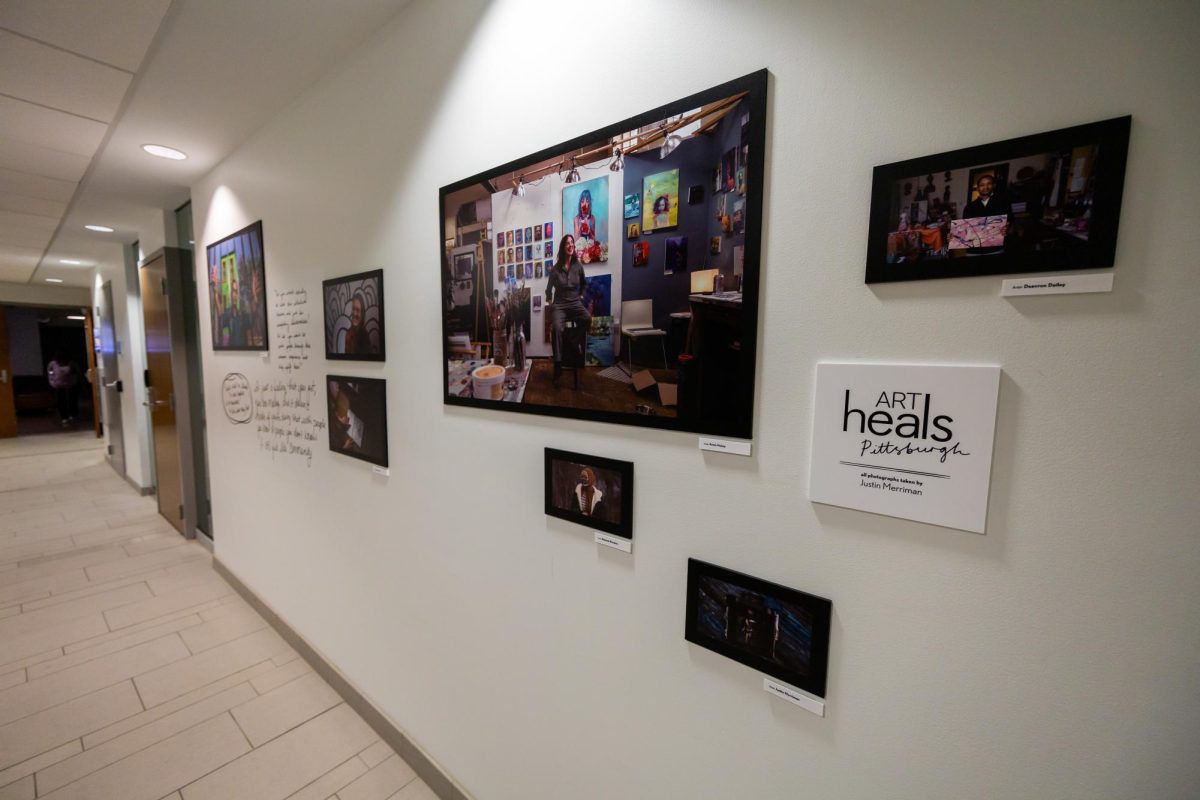School policy and newspapers shouldn’t mix.
The Michigan state Senate’s Judiciary Committee passed a student press freedom bill Tuesday that aims to protect student media from school censorship. If passed, the state will join Maryland and Missouri, which last week passed student press freedom bills through their Senate and House of Representatives, respectively.
Unfortunately, Pennsylvania has not been so proactive. There are currently no such laws defending the state’s student journalists, and it’s time for our state legislature to fill that gap. Maintaining the ambiguous status quo leaves school discourse vulnerable to censorship and endangers the future of journalism.
These press freedom laws would extend free speech protections to student publications at both the high school and college levels. The laws guarantee coverage regardless of how the school or publication receives funding and ignore the reasons for an outlet’s creation. This is a necessary strengthening of student media rights, ensuring that groups keeping institutions accountable can do so freely.
The success of reforms during the past two weeks are the results of a campaign called New Voices U.S., which grew after North Dakota passed its own student press freedom law late last year. The movement is gaining some traction, but there are still 20 states without any formal protections.
As it stands, student publications at Pennsylvania’s public colleges are presumed to enjoy First Amendment protection because their institutions receive government funds. Freedom of the press requires that the government not fund censorship of the media unless it is libelous, and schools receiving government funds fall under that umbrella.
But this protection is informal, and outlets at Pennsylvania’s private universities are essentially on their own.
High school papers are in an even more precarious situation.
In 1988, the U.S. Supreme Court ruled that public high school administrators have the power to censor school newspapers if they provide educational justification. Hazelwood School District v. Kuhlmeier allowed administrators at Hazelwood East High School in St. Louis to block stories about teen pregnancy and the effects of divorce from a school-sponsored student newspaper.
The Hazelwood case itself exemplifies one of the core problems with allowing schools to censor their students. In most cases, the stories that make schools look bad — and thus invite censorship — cover topics whose suppression harms students.
If students reaching sexual maturity can’t discuss the effects of relationships and responsibility with each other, that hurts them.
The same would be true if a university could stop its student paper from criticizing administrators for lackluster safety protections, or if it silenced complaints about a lack of diversity among school officials.
In October 2014, the student paper’s staff at Neshaminy High School in Neshaminy, Pennsylvania, decided the school’s nickname, a Native American slur, was offensive and would no longer appear in the paper. The superintendent suspended student journalists and a faculty adviser when they disobeyed his order to continue to print the term.
These students and their teacher stood up for the student body. In return, they received a blemish on their disciplinary records — all because they decided to avoid a racist slur.
High school and college are where most people start questioning how institutions affect them. Not protecting outlets that explain and discuss those effects can create a skewed image of educational and social communities.
Schools already have public relations departments. They shouldn’t be allowed to force students into working for them.


